Summary
- Black & white Japanese classics hold up in all aspects, inspiring Western blockbusters.
- Zatoichi, Harakiri, and Ugetsu are must-watch black & white movies for a cinematic experience.
- Kurosawa’s Yojimbo combines action and comedy to create a famous samurai story.
It’s natural that people want to check out the latest releases. They’re the talk of the town, the things that get people excited the most until they get their hands on them. Then they can see whether it lived up to the hype or not. Older movies, particularly black & white ones, can be a hard sell to anyone except keen cinephiles as they feel behind the times.
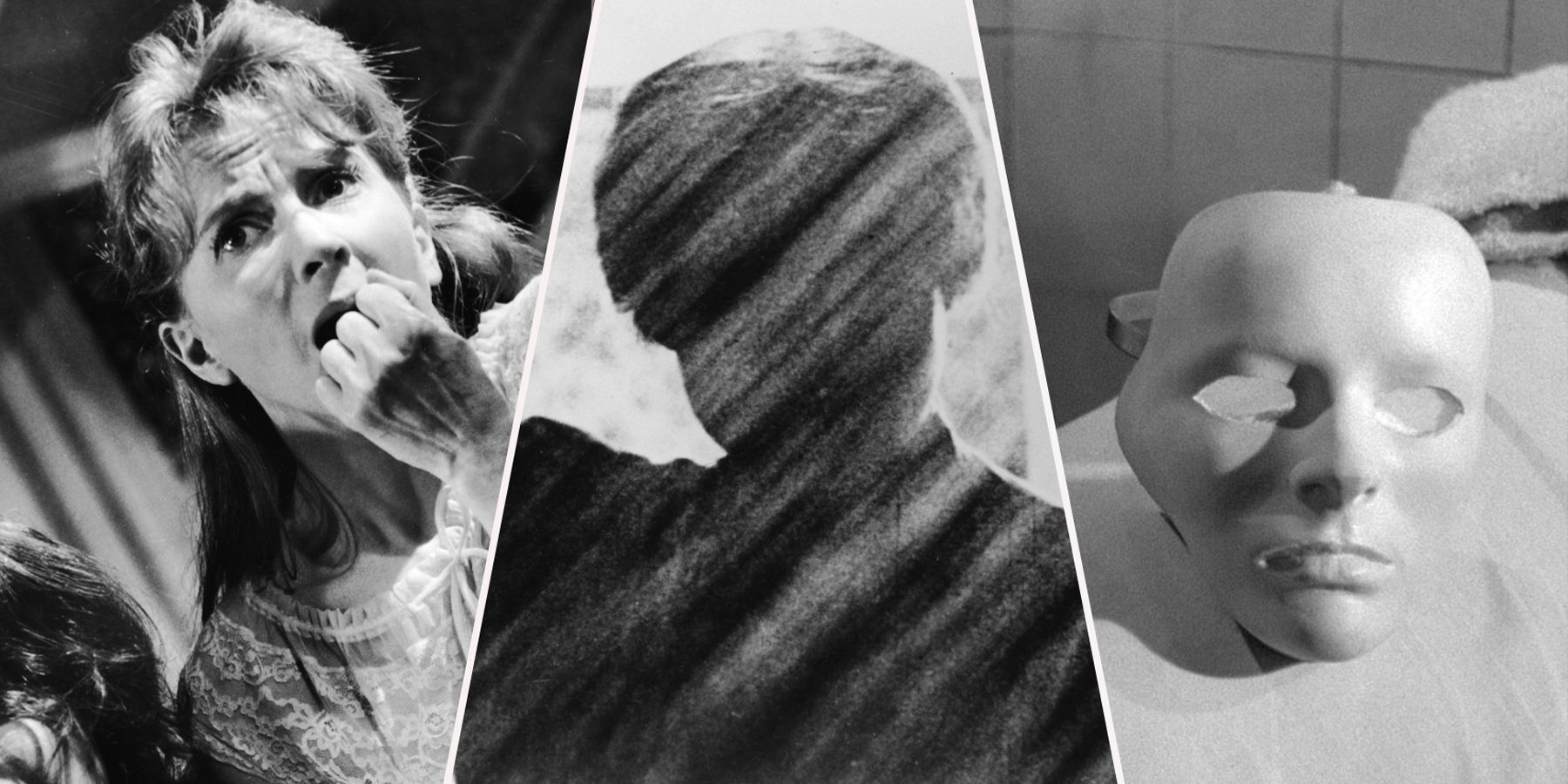
Related
The 10 Scariest Black & White Horror Movies
Some of the best horror movies ever are shot in black & white, and these are the scariest of those films.
This is a shame, as there’s a reason why many of them are considered classics. They hold up in every other aspect where a movie matters: storyline, acting, cinematography, direction, etc. Some great examples of this come from Japan, as these black & white Japanese movies would go on to inspire many famous Western blockbusters with their fundamentals.
10
The Tale Of Zatoichi
Blind Masseur Sees More Than His Sighted Rivals Think
There have been movies based on novels, short stories, and even oral folklore, but one of Japan’s most iconic cinematic figures came from an essay. “Zatoichi Monogatari” began as an article on an Edo period yakuza called Sukegoro Ishiwata, which occasionally veered off to tell readers about the titular blind swordsman and masseur. He was a minor character in his own tale yet left enough impact to be adapted into a movie, The Tale of Zatoichi.
It plays out like an Edo Period version of Columbo, as the blind samurai knows more about the dirty deeds going on around him than he lets on. Actor Shintaro Katsu practically made the role his own, appearing in multiple sequels that would make Zatoichi one of the most famous samurai in cinema. He’d even get to meet other famous samurai, like in Zatoichi Meets Yojimbo, where he meets a samurai played by Toshirō Mifune who isn’t meant to be the same guy as in Kurosawa’s Yojimbo but is close enough for the crossover.
9
Harakiri
Samurai Makes A Curious Request To A Corrupt Clan
Masaki Kobayashi isn’t a household name like Kurosawa, but his works are no less important. His filmography is well known for its figures resisting authority, be it via the socialist lead in his Human Condition series, the horror morality tales in Kwaidan, or Harakiri, where a samurai called Hanshiro asks the feudal lord of the Iyi Clan if he can commit seppuku on his grounds.
The senior counselor thinks he’s trying to con them like an earlier samurai called Motome. But when Hanshiro explains himself, they discover he is more connected to Motome than they thought. The story, combined with Kobayashi’s cinematography, made it one of the best pictures about speaking truth to power, and the hollow, corrupt mechanisms that hold them up.
8
Ugetsu
A Potter And His Brother-in-Law Follow Their Desires And Get Their Just Deserts
Some movies don’t just need one piece of source material to produce a full picture. Kenji Mizoguchi and writer Yoshikta Yoda made Ugetsu by combining two stories from Ueda Akinari’s book “Ugetsu Monogatari” with a subplot from a Guy de Maupassant short story, “How He Got the Legion of Honor.” Set during the latter years of the Sengoku era, a potter called Genjuro is warned by a sage via his wife about seeking profits during wartime.
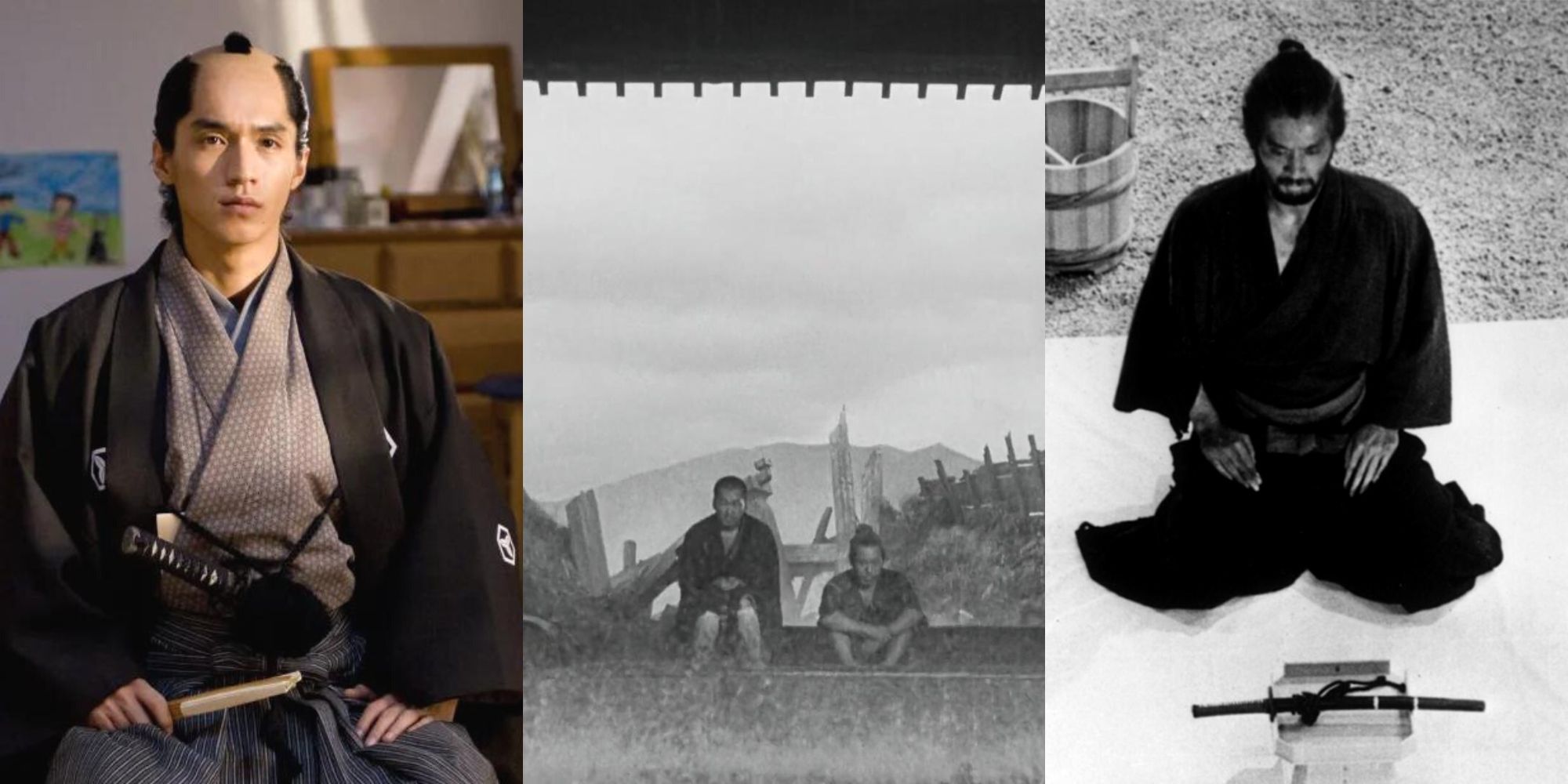
Related
The 7 Most Iconic Samurai Movies
Thanks to these Japanese samurai movies, cinema lovers can be transported back in time and learn about how samurai lived and fought their battles.
Spurning his words, he presses on with his wannabe samurai brother-in-law, Tobei, in search of new ways to earn more from his trade. But when Genjuro gets seduced by the mysterious Lady Wakasa, and Tobei tries to weasel his way into samurai status, they discover their desires will cost them dearly. It’s a moral story that doesn’t spare either of the leads from the dire consequences of their actions, and how far they’d have to go to make amends.
7
Yojimbo
Nameless Samurai Takes A Proactive Approach To Crimefighting
Movie buffs may already know Akira Kurosawa’s Yojimbo inspired A Fistful of Dollars, where its ronin samurai is caught between two opposing crime lords and is reinterpreted as a nameless cowboy dealing with smugglers. Toho even sued director Sergio Leone for it, albeit unsuccessfully. But Kurosawa didn’t get the idea for Yojimbo out of the blue either. Usually, samurai flicks were inspired by older Hollywood Westerns, but Yojimbo’s mix of conspiracy and murder came from film noir stories like The Glass Key and Red Harvest.
As a result, while it’s not as in-depth as Kurosawa’s other works, it caught on through its combination of action and arched comedy (the nameless samurai estimates how many coffins the local cooper will need to make for his victims), making its lead one of cinema’s most famous samurai. He’d go on to reappear in a sequel, Sanjuro, and inspire similar samurai guardians in movies like Machibuse (where Toshiro Mifune’s samurai is referred to as “Yojimbo”) and Zatoichi Meets Yojimbo.
6
Ikiru
Man Discovers A Reason To Live While Dying
This list could easily be a checklist of Akira Kurosawa’s biggest hits, as it’s hard to ignore his output. Even those who prefer movies by Yasujirō Ozu, Kenji Mizoguchi, or other equally talented directors of the era would feel this list would be lacking without at least a few of Kurosawa’s classics popping up here and there.
It wasn’t just samurai stories that he did well either. Ikiru was a (at the time) contemporary tale that saw Watanabe, a terminally ill bureaucrat, use his last days to figure out what it means to live. He doesn’t find it in hedonism, or family, but in making others happy. It’s a feel-good flick with enough dramatic bite to hook viewers in, with no sword clashes required.
5
Rashomon
Three Men Weave Through Different Accounts Of A Samurai’s Murder
Rashomon is a famous film in its own right, and not just because it’s another Akira Kurosawa movie. That’s because it’s become the textbook example of how unreliable eyewitness testimony can be, as they can recall one event in different ways. This has since become known as the Rashomon effect, though it should technically be the ‘In a Grove’ effect. Kurosawa and writer Shinobu Hashimoto combined Ryunosuke Akutagawa’s short stories “In a Grove” and “Rashomon” into a single screenplay.
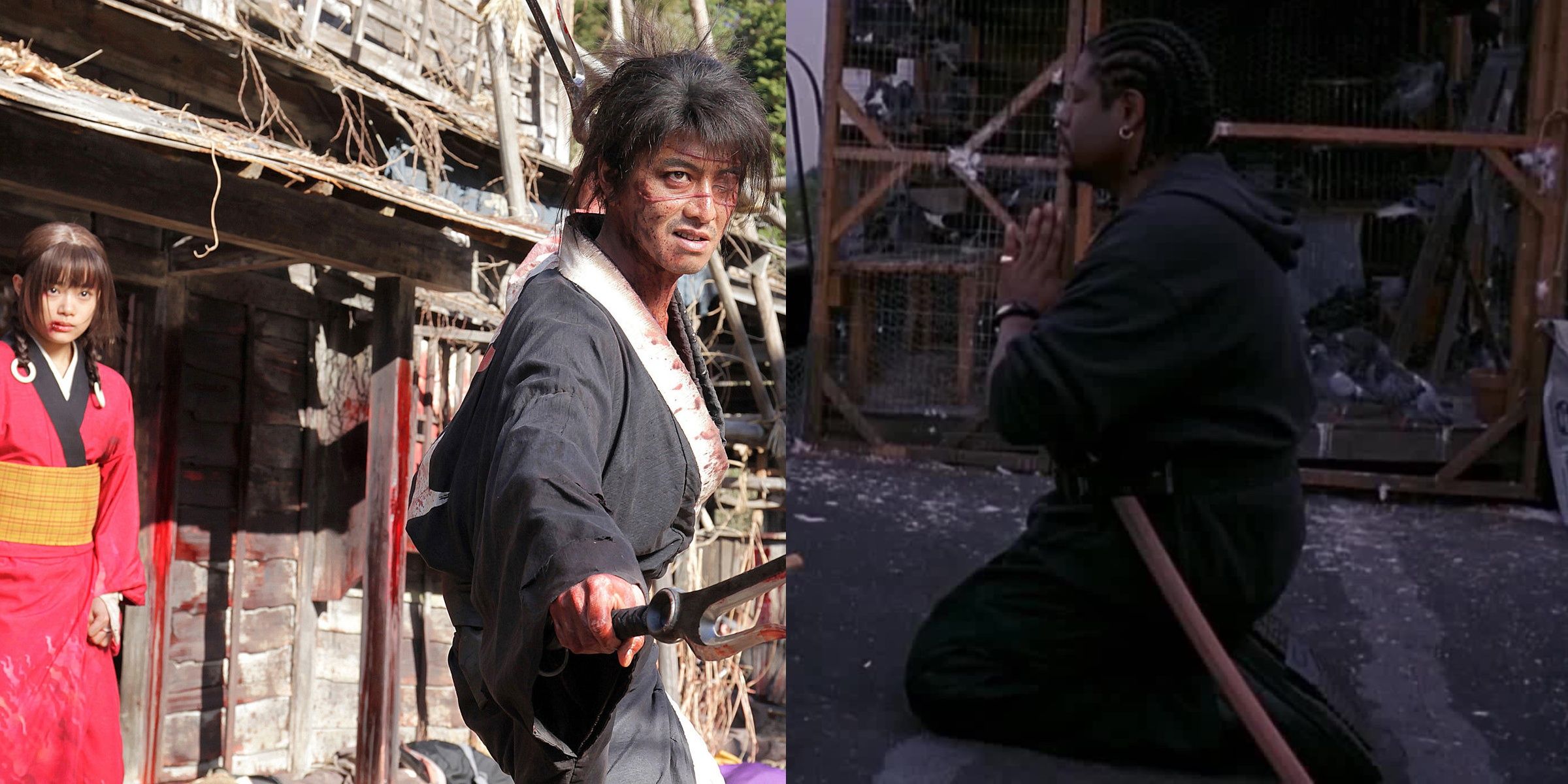
Related
The heroes of Japanese legend have their own genre of film, and there are some stellar stories still hidden in their sheath.
The differing accounts of a samurai’s murder via his wife, a bandit, a monk, and a psychic come from the former tale. The latter inspired its framing device, which is largely original as a woodcutter, priest, and commoner contemplate what the murder says about the nature of humanity. People look out for themselves at the cost of others, but is that all there is to be human? People will have to check out the movie for themselves to discover its conclusion on the matter.
4
Late Spring
Daughter Is Reluctant To Leave Her Ailing Father Behind
Most people may know director Yasujirō Ozu from his classic movie Tokyo Story. However, they might not know that it was part of a loose trilogy following three different women called Noriko. The first entry in this series was Late Spring, where its own Noriko refuses to get married, preferring to care for her elderly father, Shukichi. While not as famous as Tokyo Story, it’s arguably Ozu’s best work, as it showcases his strongest qualities as a filmmaker.
It contrasts well with its follow-up, as it showcases someone who’s too emotionally dependent on their surviving parent, rather than Tokyo Story‘s emotionally neglectful ones. Combined with its subtle visual cues and contrasting approaches to tradition and modernism, alongside other narrative interpretations, it offers a lot for film buffs to sink their teeth into, if they haven’t done so already.
3
Tokyo Story
An Elderly Couple Gets Left Behind In Modern Times
Some movies remain relevant decades later because their issues still linger on today. For example, Tokyo Story follows an elderly couple who travel from Onomichi to Tokyo to visit their family. Their grown-up children neglect them and push them aside, except for Noriko, their daughter-in-law via their late son Shōji. At a time when traditional family ties were dwindling, she remains their closest link.
In Japan, it became one of the highest-grossing movies of 1953. Outside Japan, distributors felt it was “too Japanese” with its slow pace and subtle domestic drama. But it caught on soon enough, becoming Yasujirō Ozu’s best-known movie. With Japan’s aging population and dwindling rural communities, its themes of urbanization and familial alienation still stand true 72+ years later.
2
Sansho The Bailiff
Adrift Children Keep Hold Of Their Compassion In Dire Circumstances
- Director: Kenji Mizoguchi
- Writers: Fuji Yahiro and Yoshikata Yoda
- Runtime: 124 Minutes
Sansho the Bailiff seems like another period drama inspired by a novel via Mori Ogai’s “Sansho the Steward.” But Ogai based his tale on a sekkyo-bushi, or oral sermon, that was written in the 1600s but maybe even older than that. But as far as movie buffs are concerned, Kenji Mizoguchi made it his own with his 1954 movie.
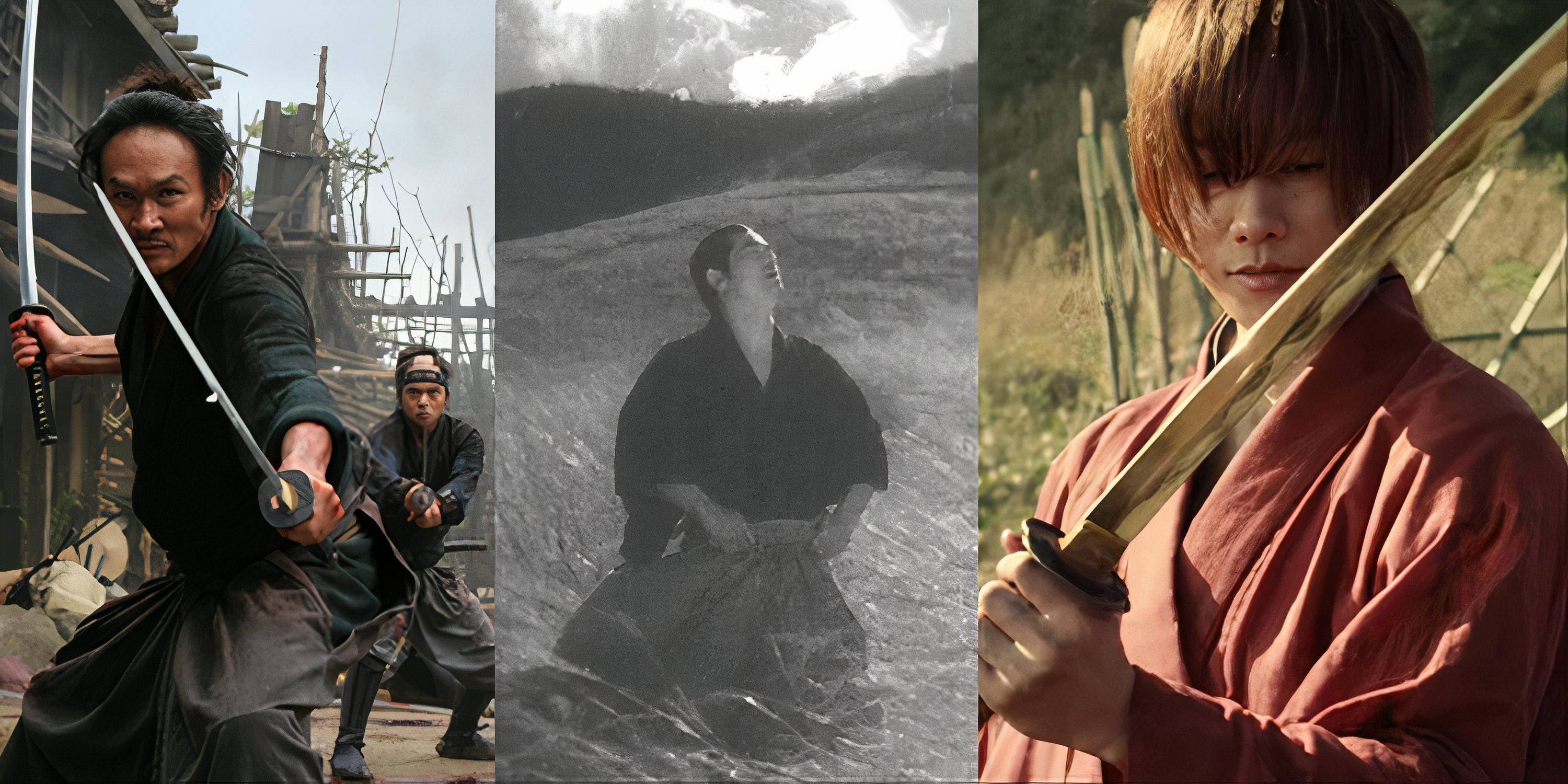
Related
6 Best Japanese Martial Arts Movies, Ranked
Japanese martial arts movies differ from their Chinese counterparts, often focusing on samurai, codes of honor, and epic, large-scale battles.
Its story of a mother and her children going through hell and high water to be reunited with their feudal lord, made worse by the titular bailiff, became one of Mizoguchi’s standout pictures. The movie’s not the coziest watch, but its darkest scenes only make its lighter ones more joyful, until it hits the sweetest of bittersweet endings, making it essential viewing for cinephiles of all stripes.
1
Seven Samurai
Perhaps The Most Influential Samurai Movie Ever Made
Does this movie need an introduction? People don’t need to be movie buffs to know about Seven Samurai. Even people who prefer cult movies or anime to the classics know about Akira Kurosawa’s samurai epic. It’s inspired everything from Westerns to sci-fi stories, action movies to cartoons. As such, its tale of samurai hired by farmers to defend them from bandits might seem like well-trodden ground.
But it still offers its own perspectives, like the blurring lines between feudal Japan’s castes. It also runs at a nippy pace, hitting its action and story beats without dragging. Watching all of its 207 minutes feels shorter than some average-length blockbusters thanks to how tightly edited it is. As such, it’s little wonder it became one of the most successful and accessible Japanese movies around.
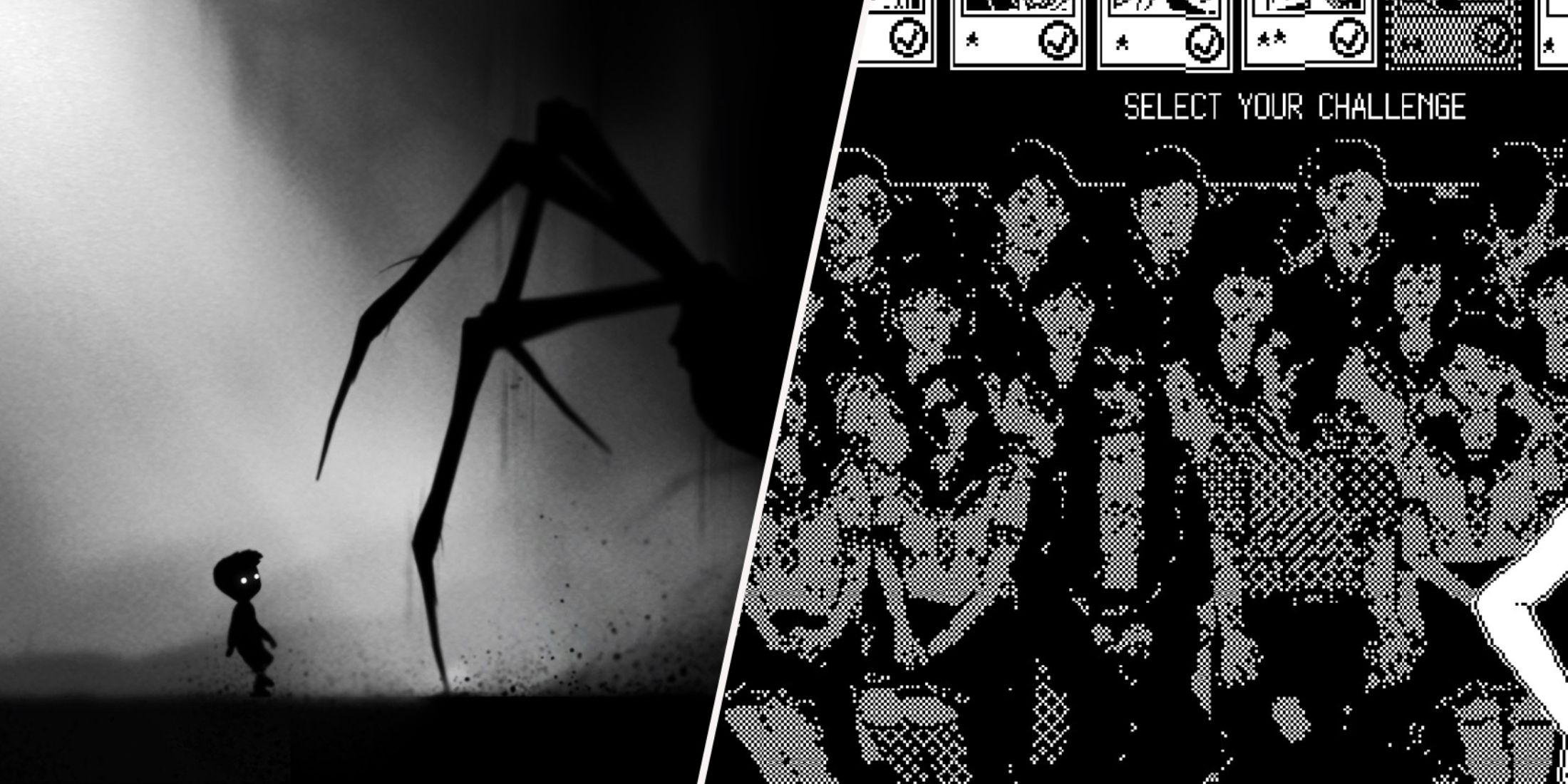
More
9 Best Black And White Games, Ranked
When done right, black-and-white graphics can improve a story. Here are the best games in black and white.
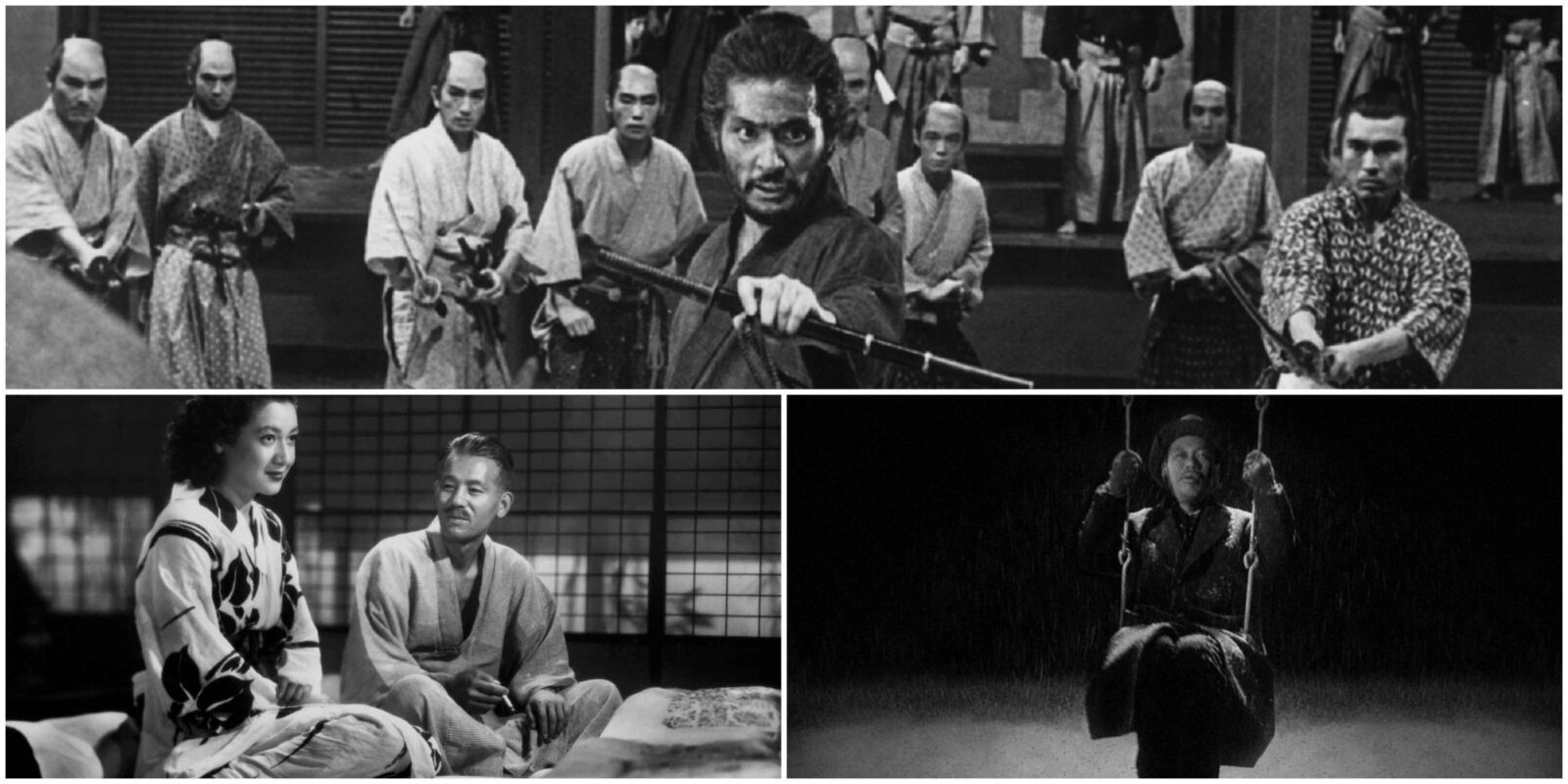

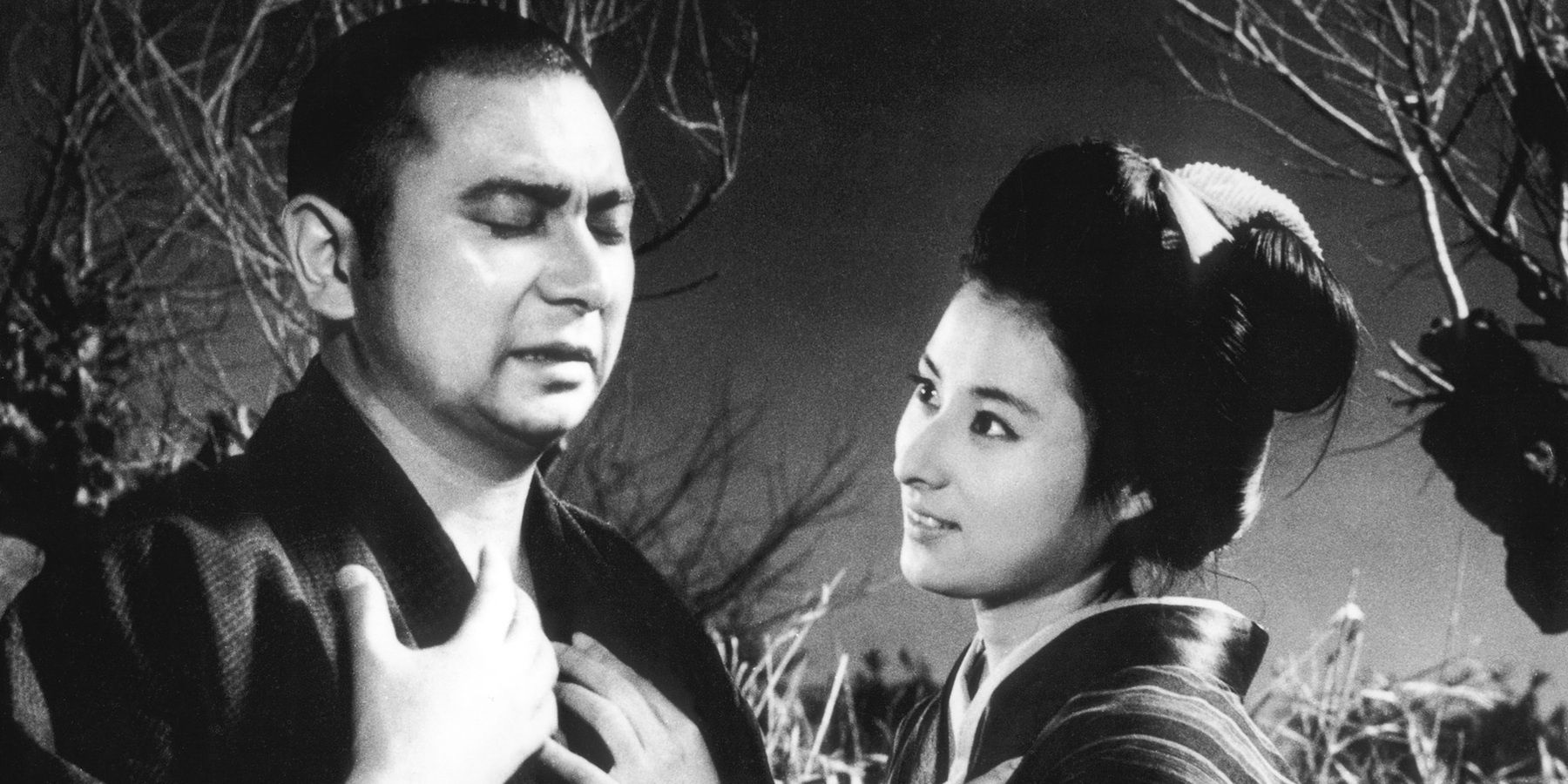
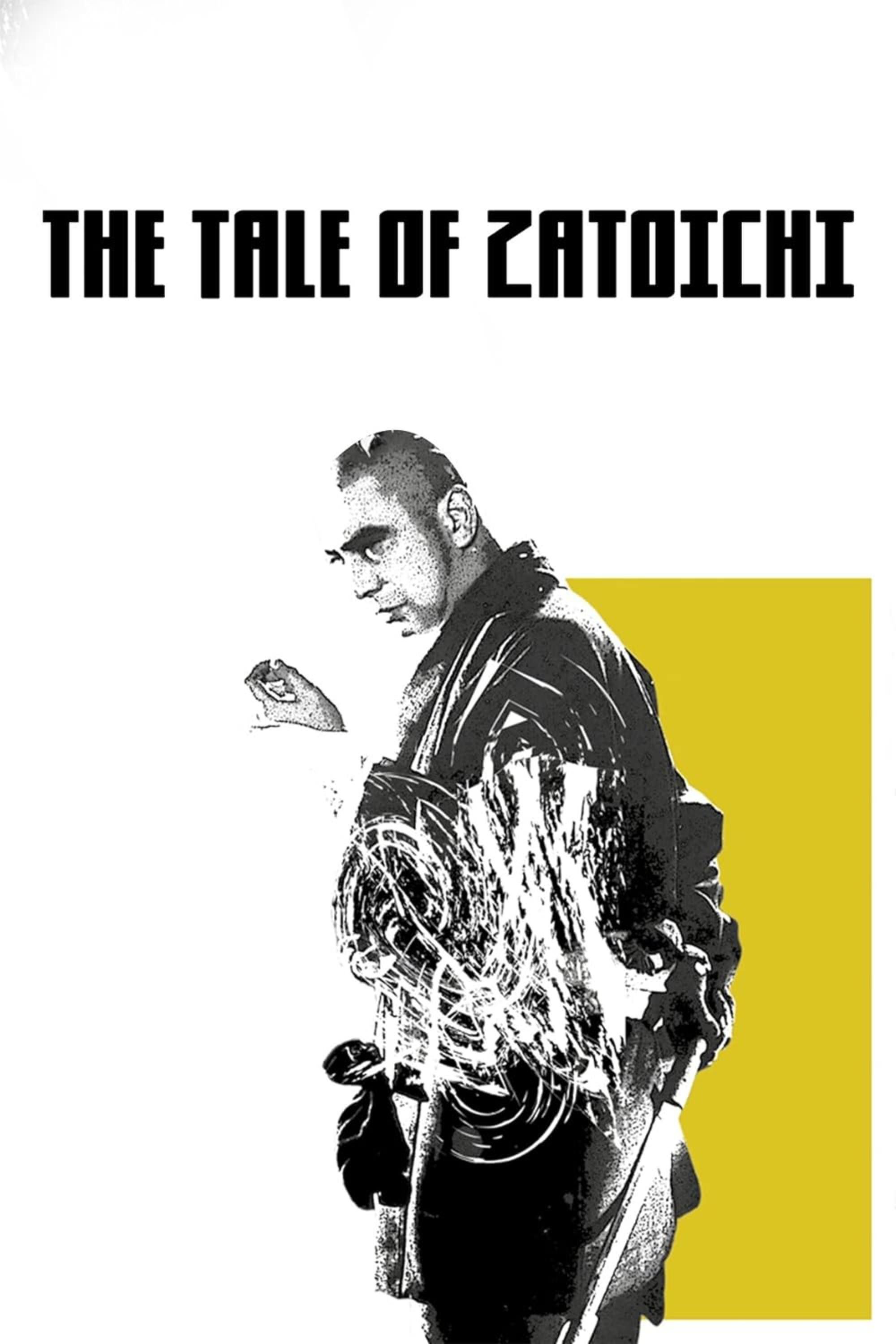

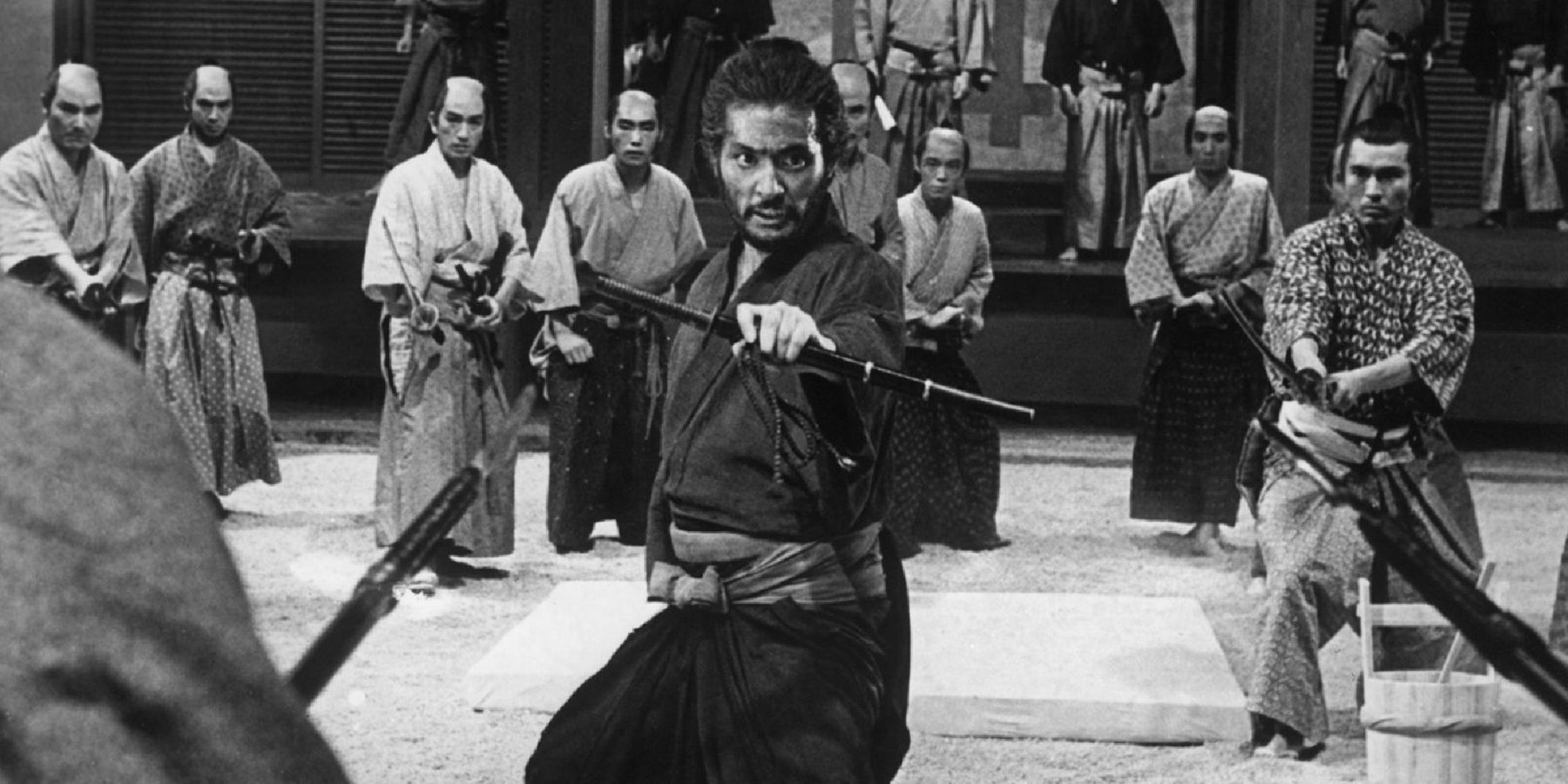
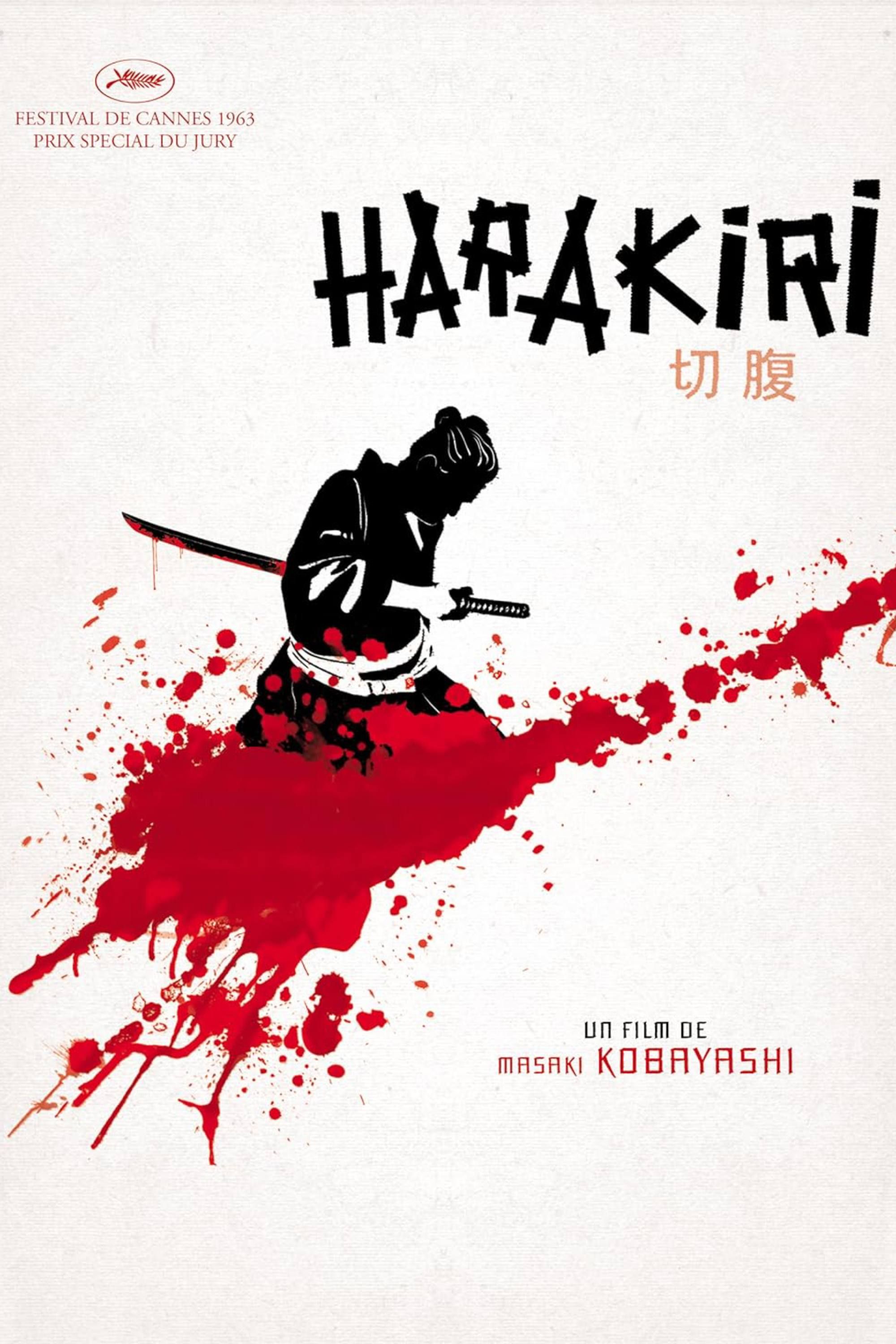
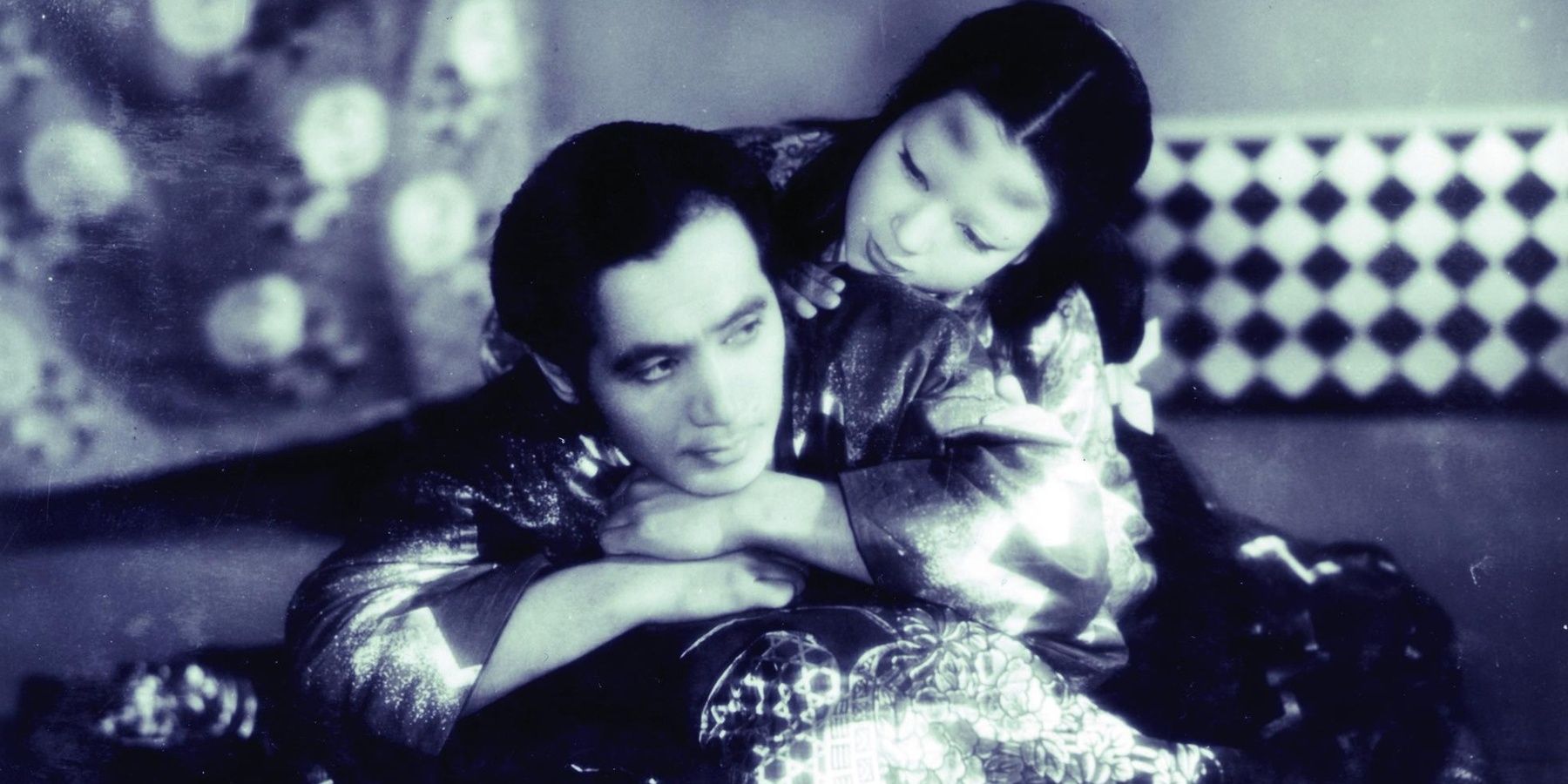
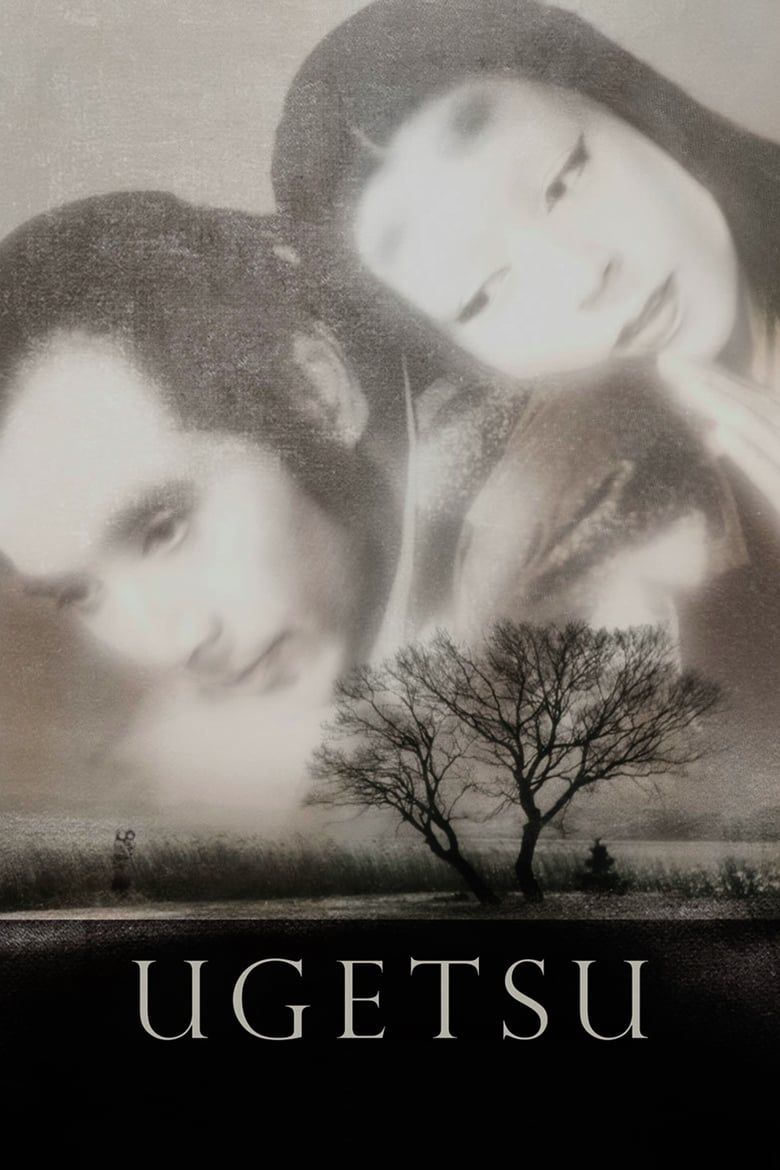

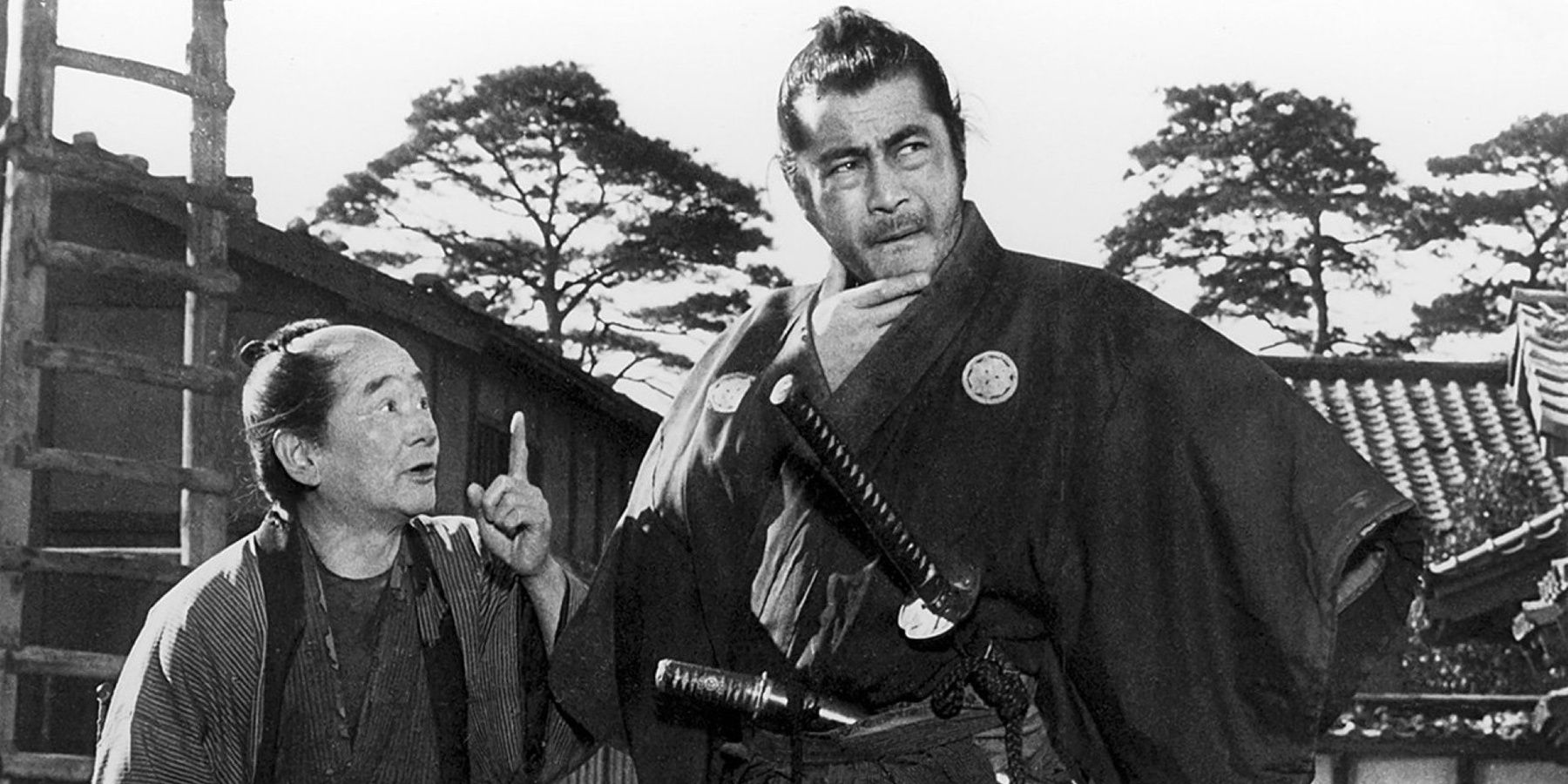
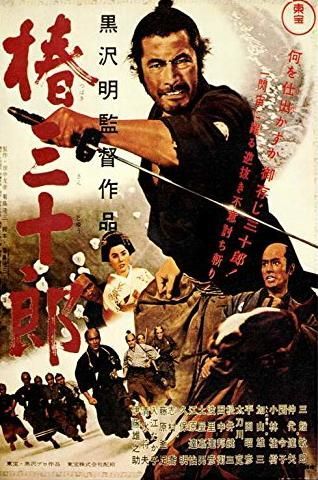
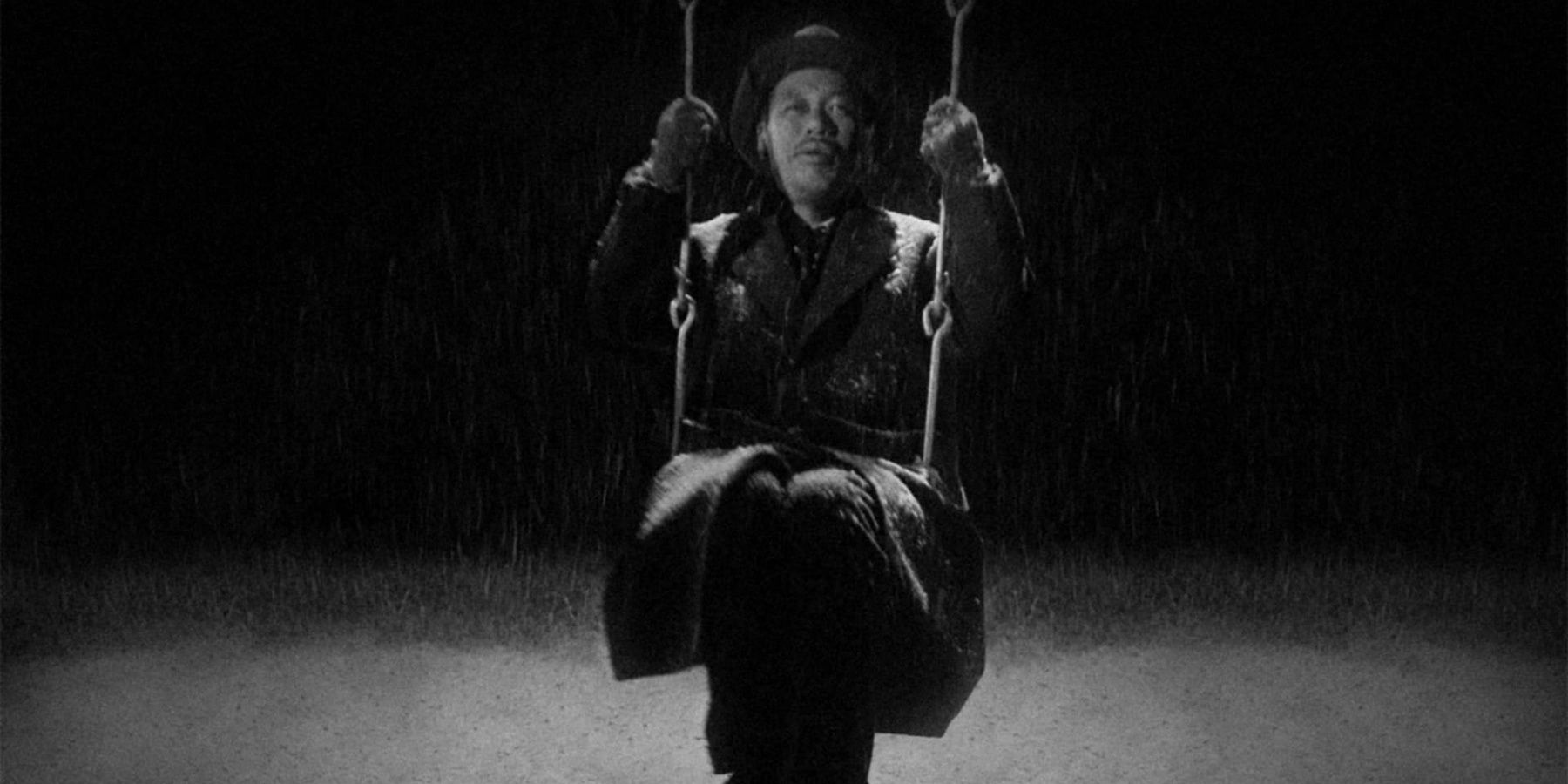
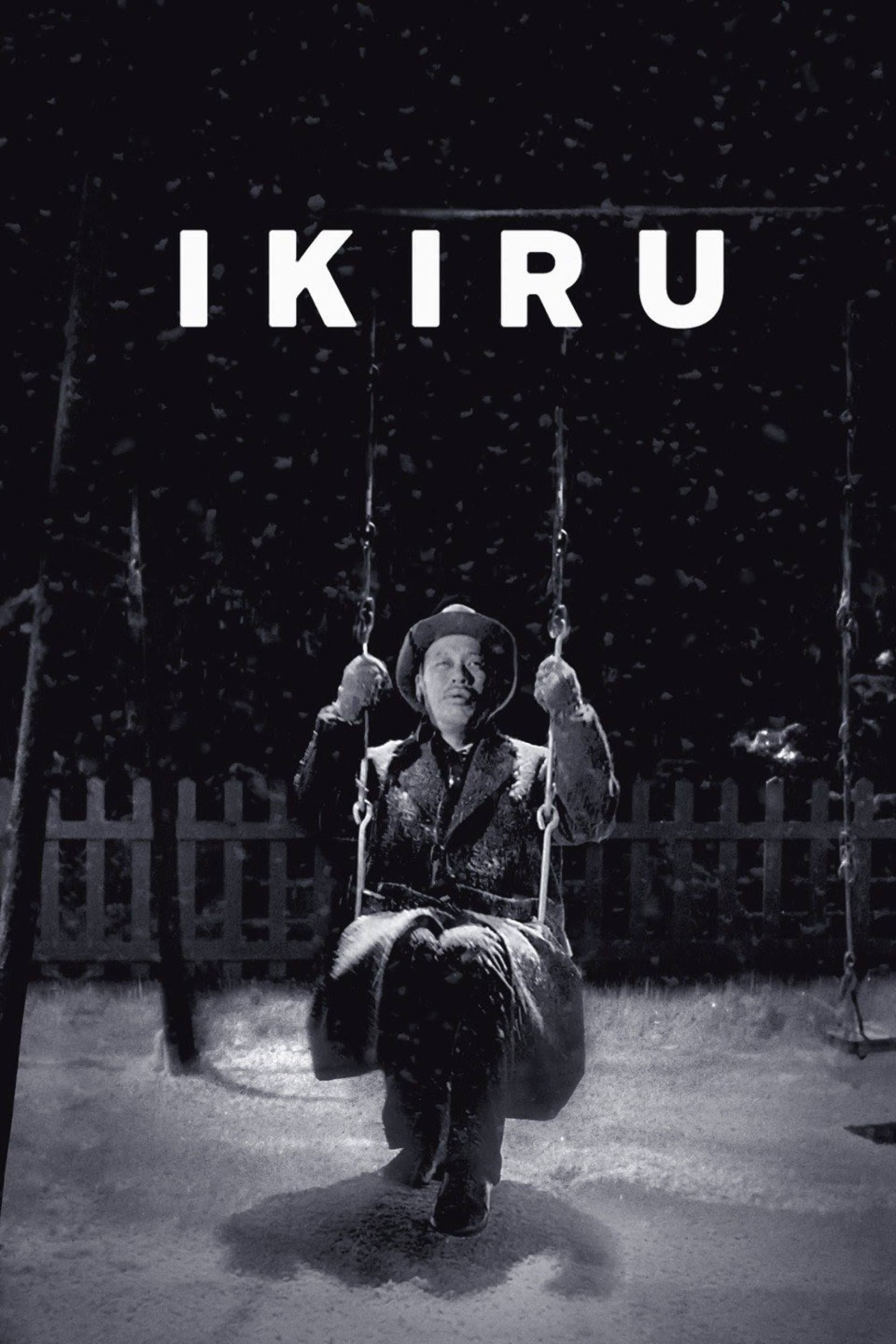
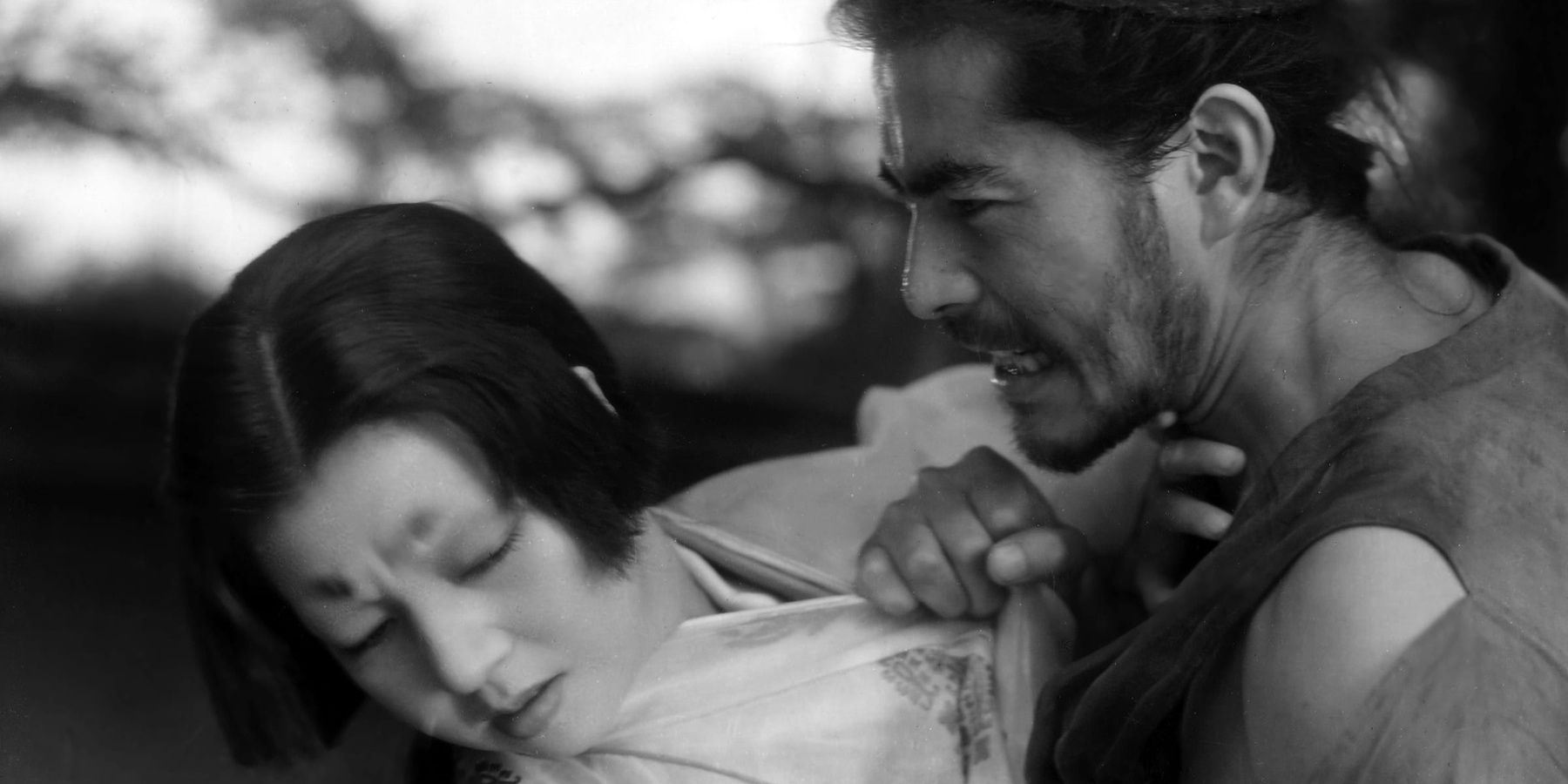
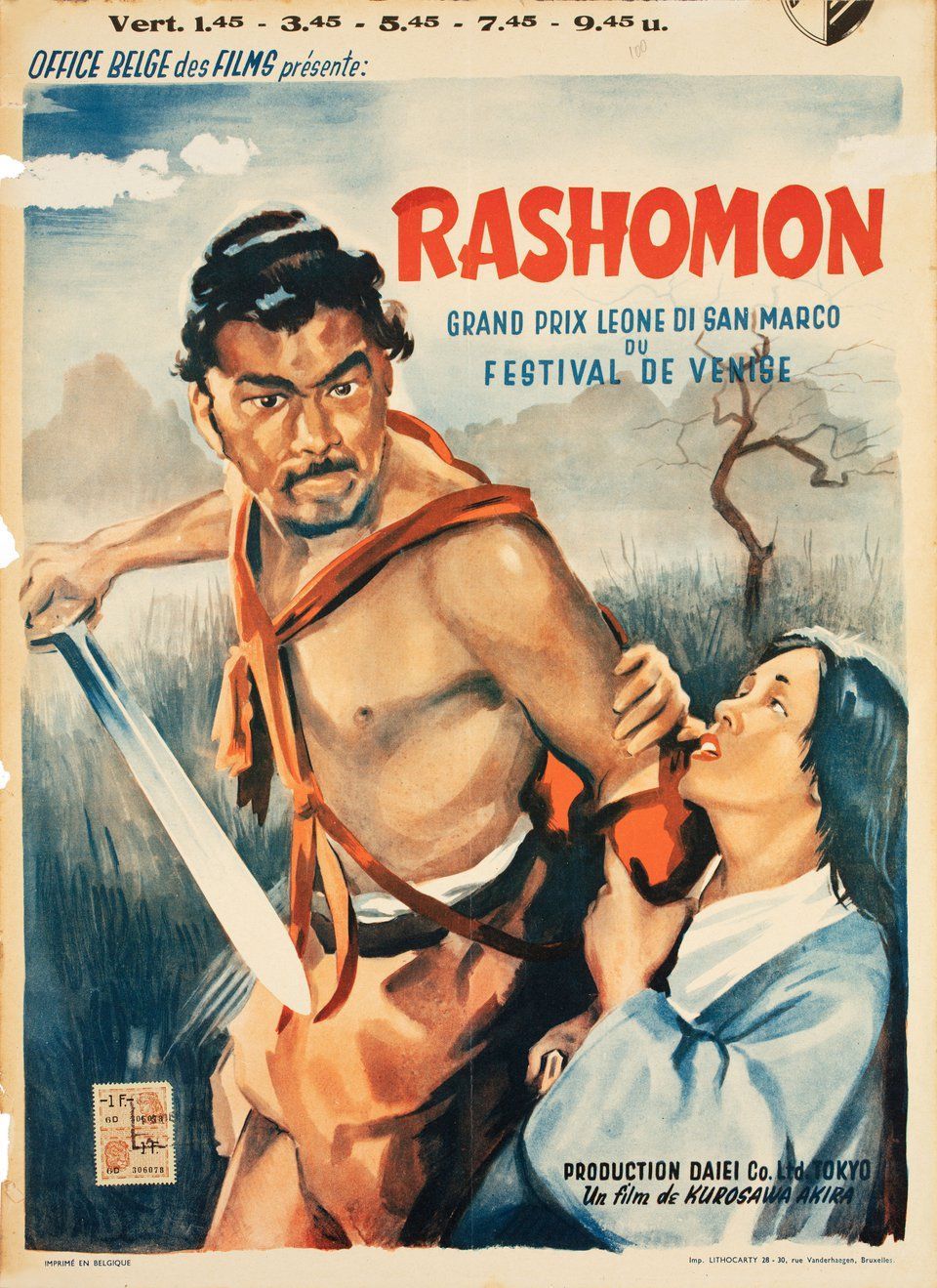
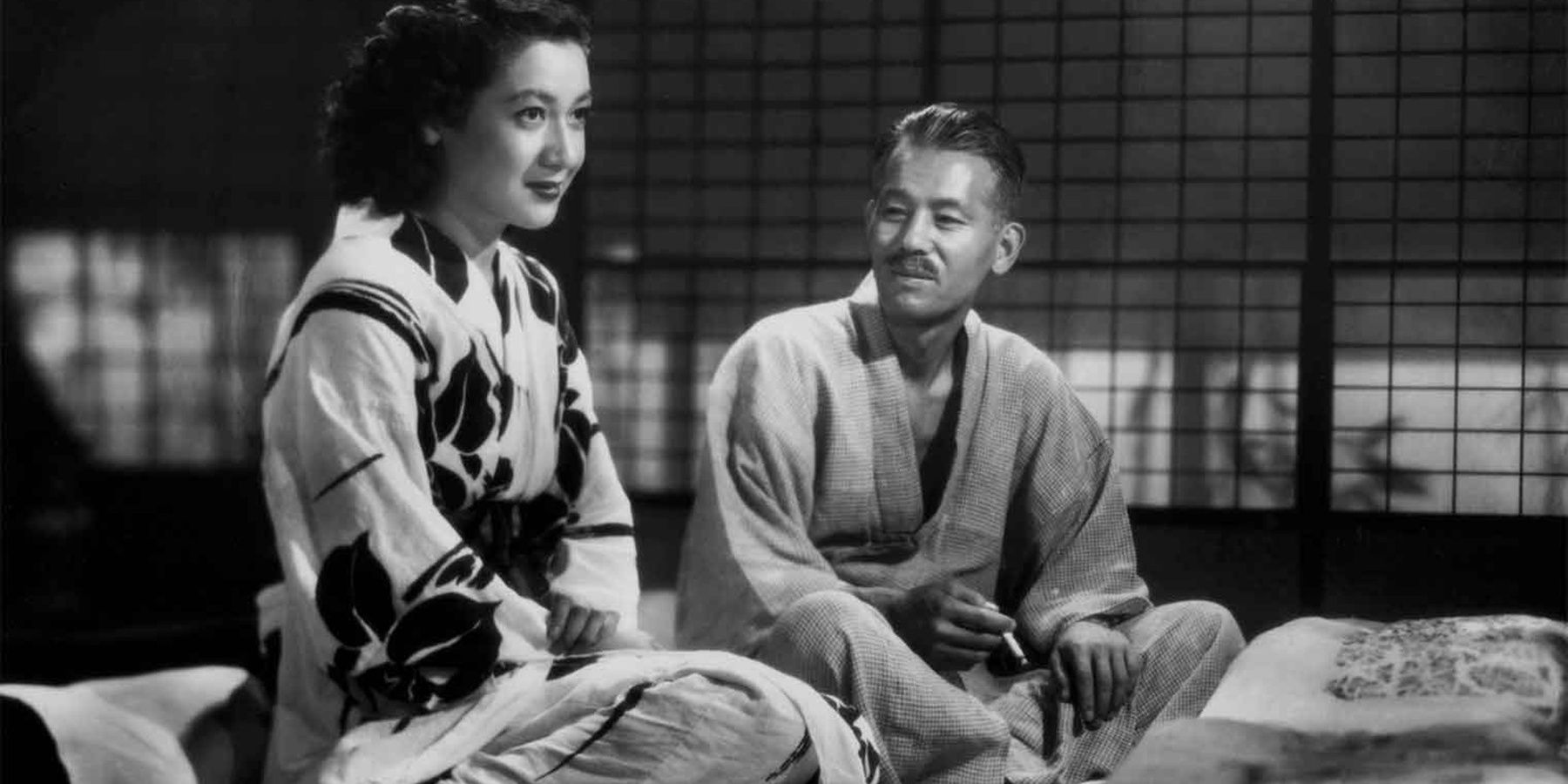
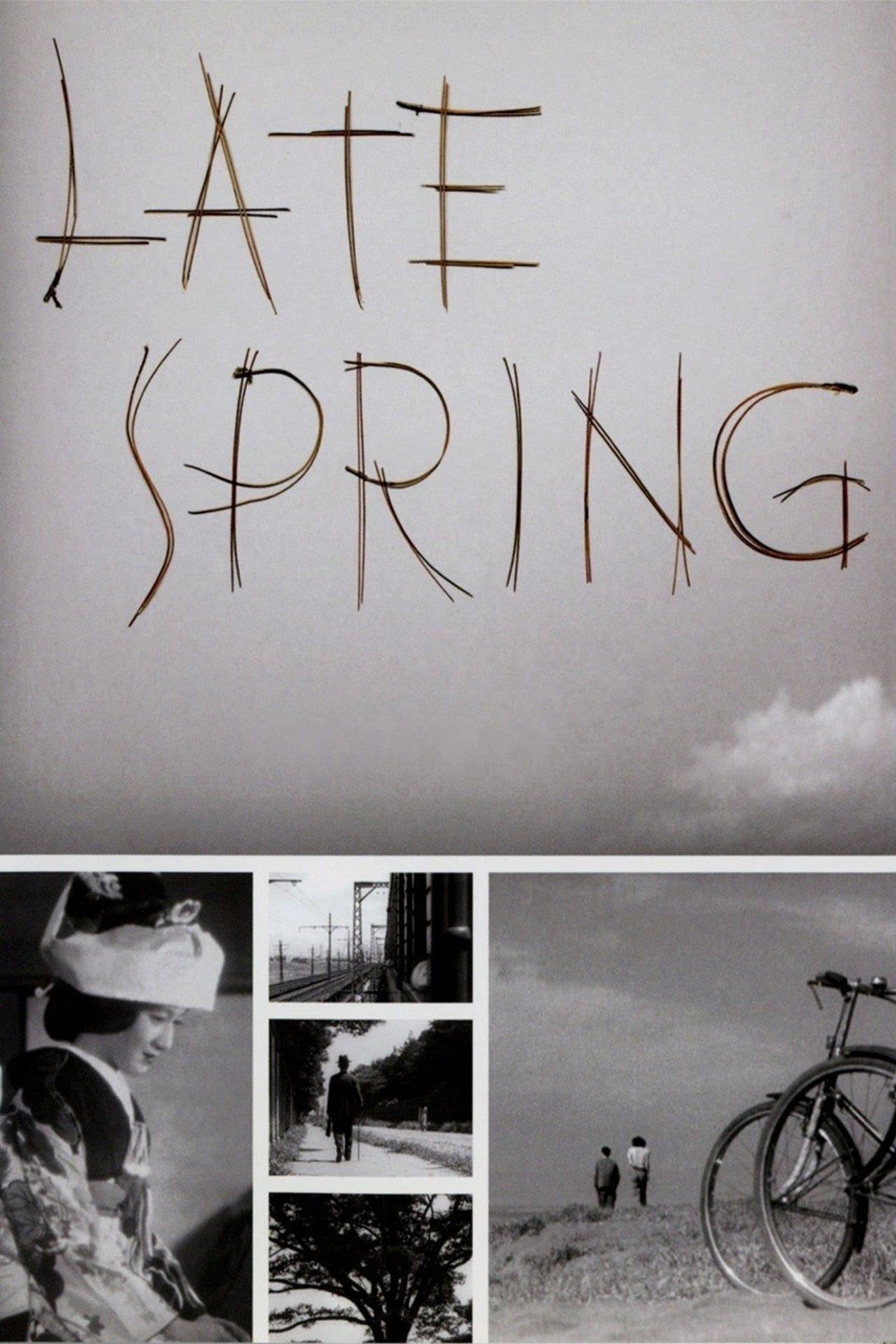
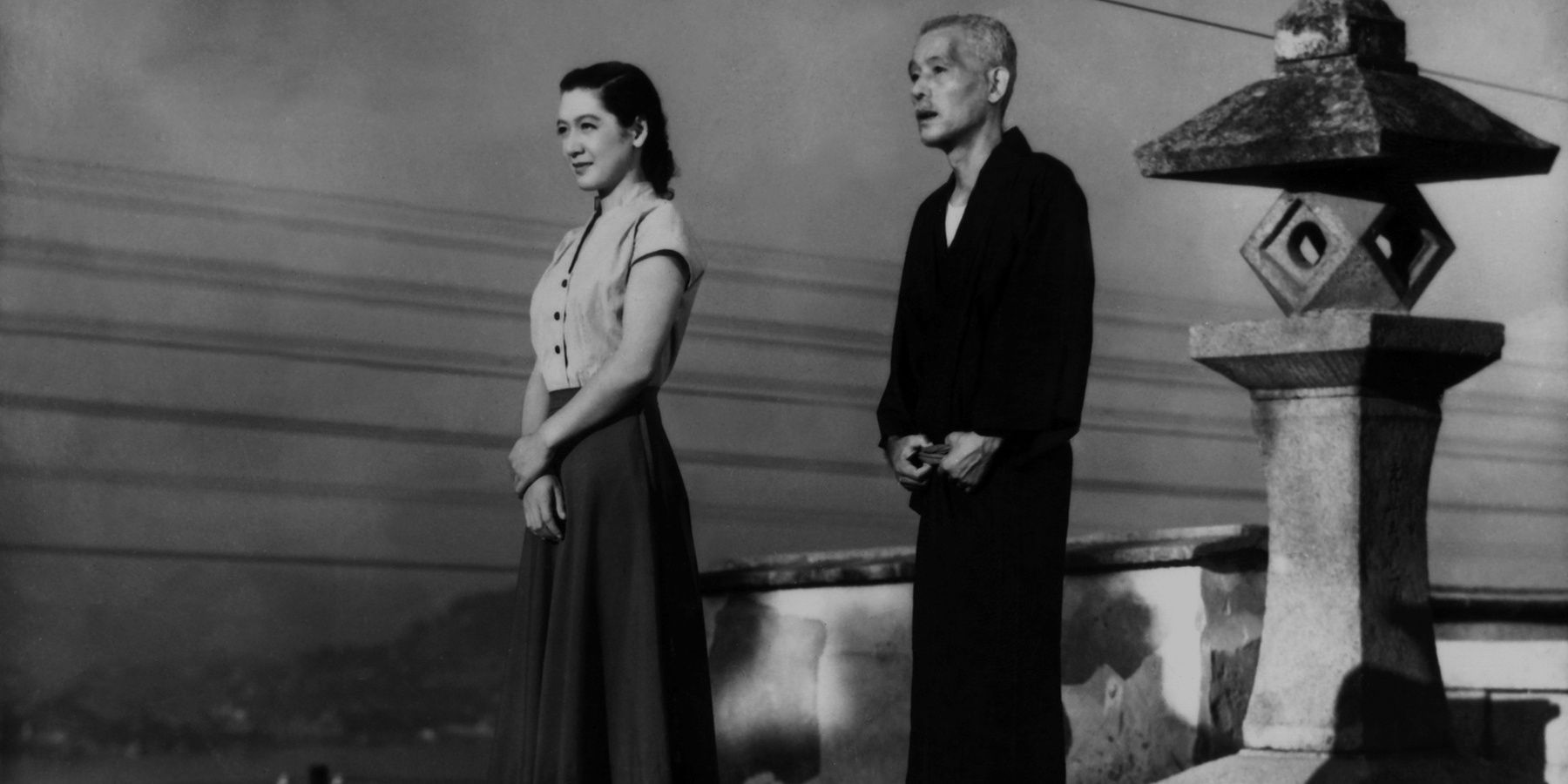
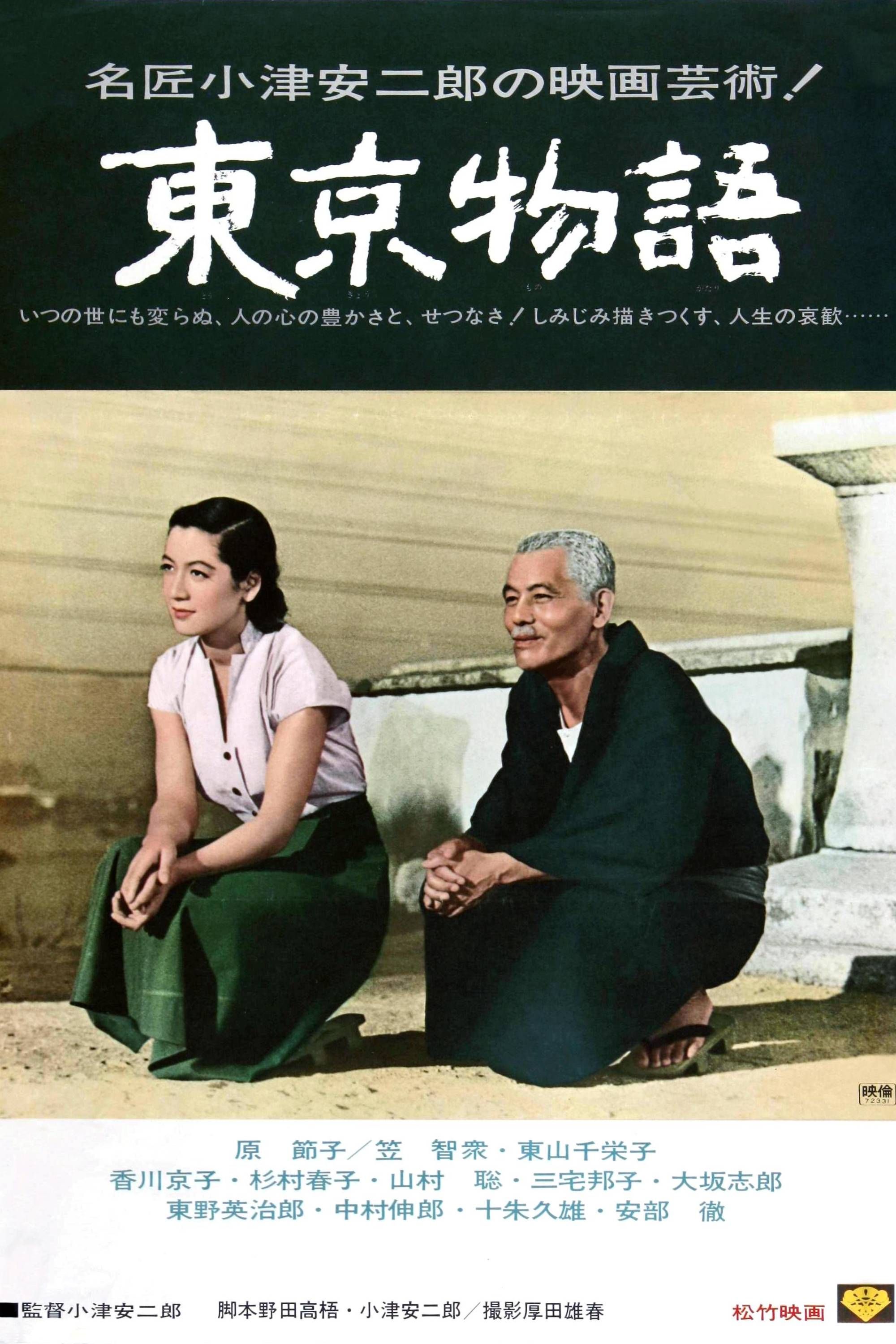
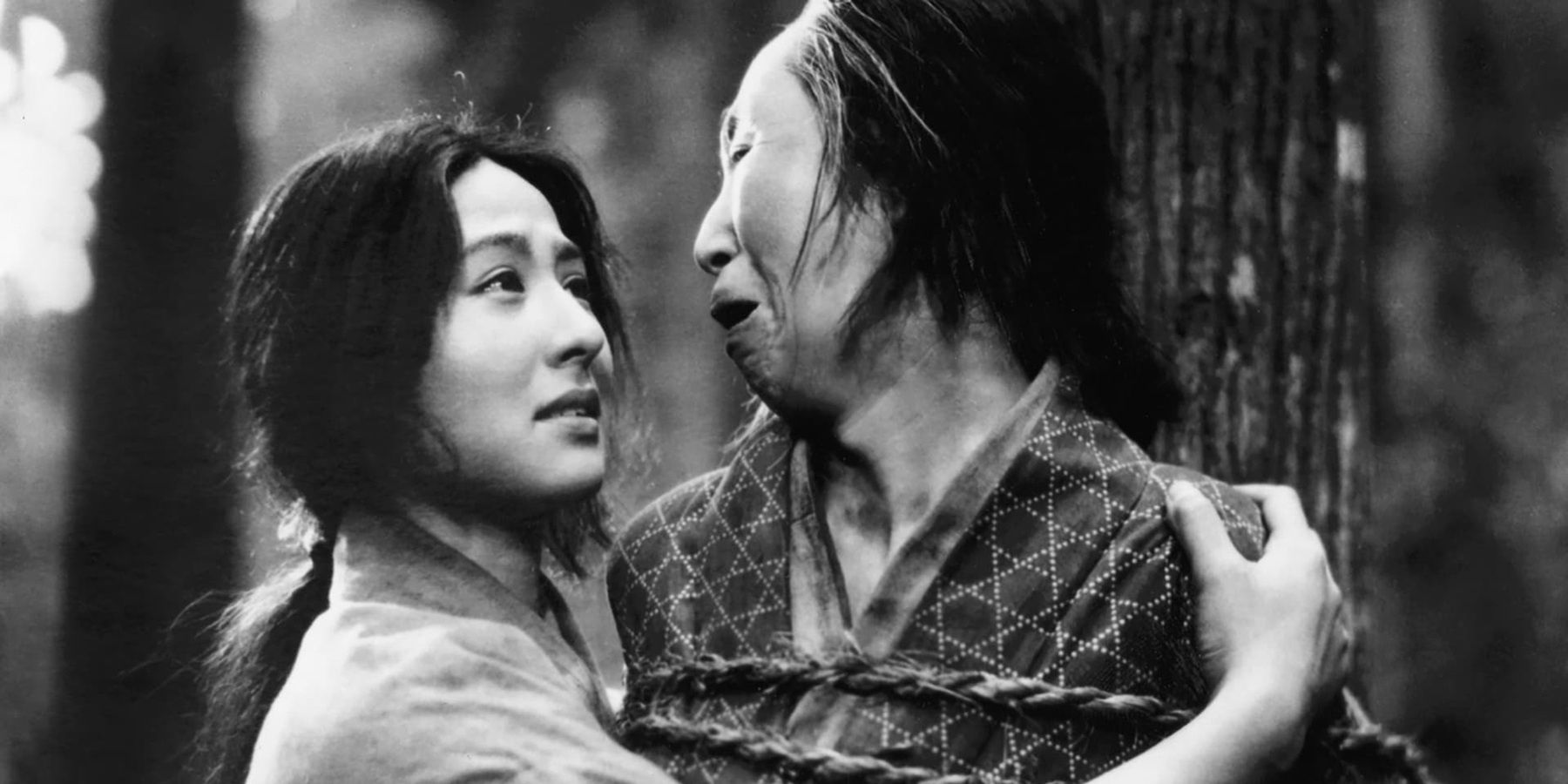
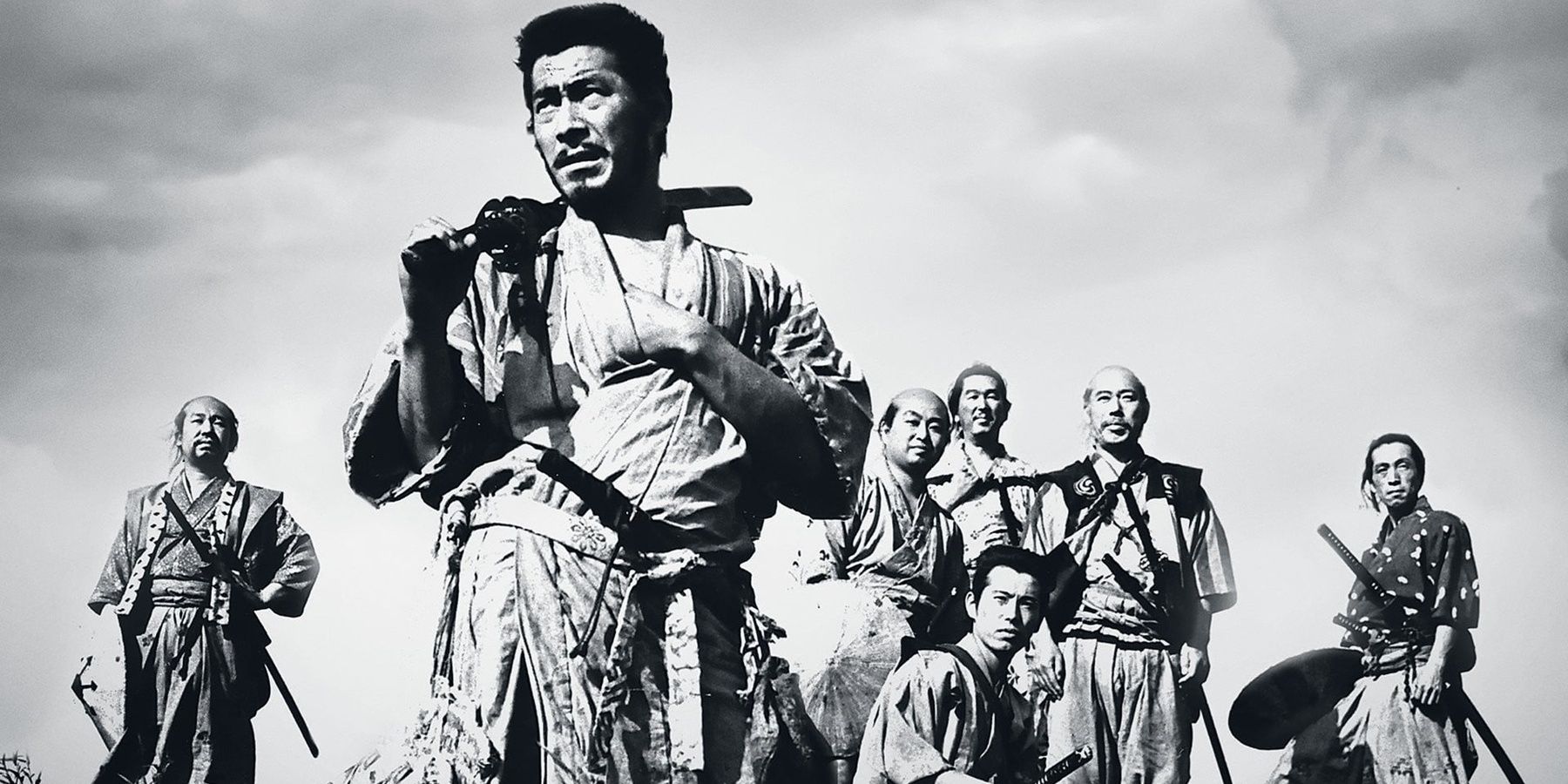
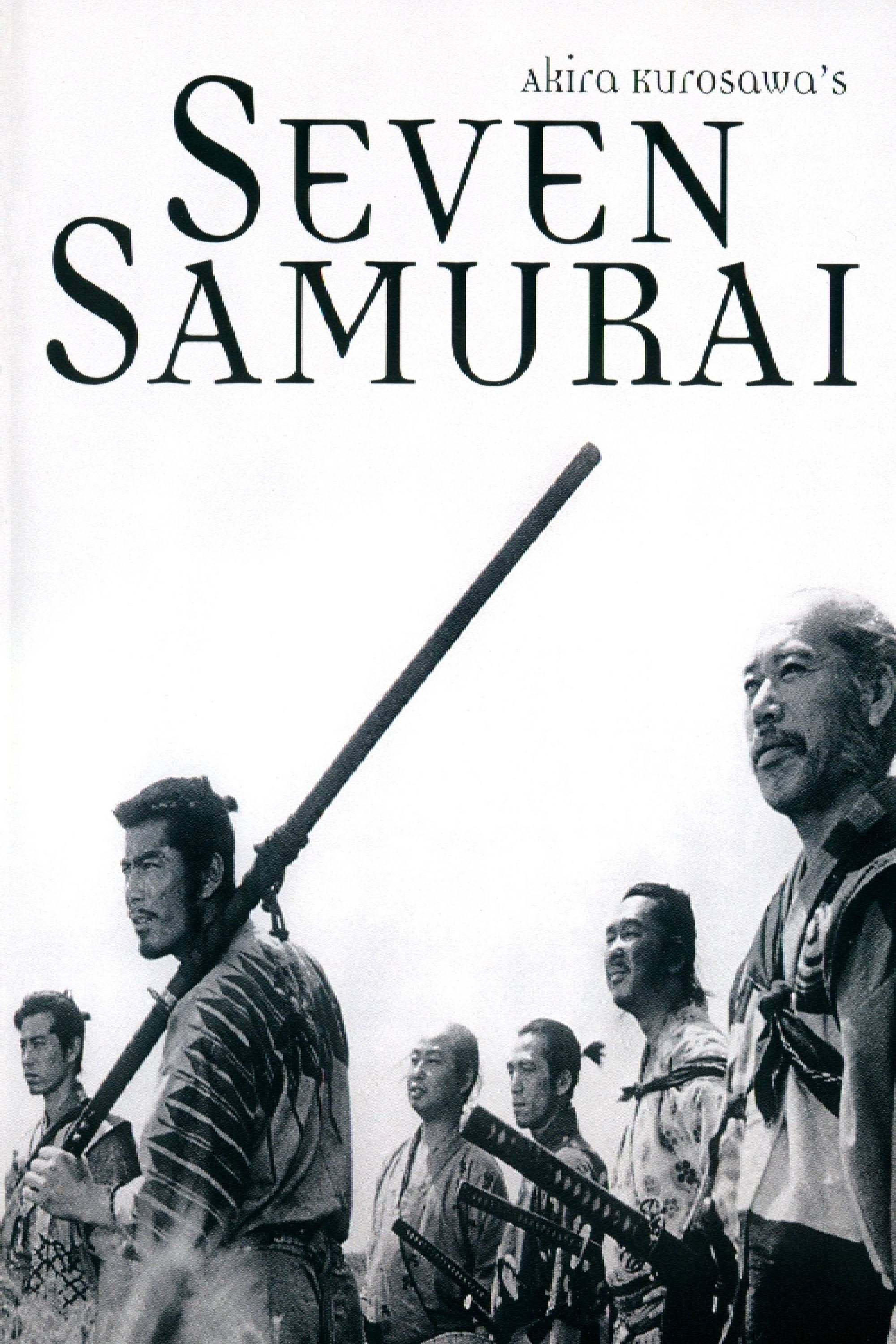
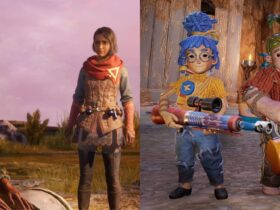
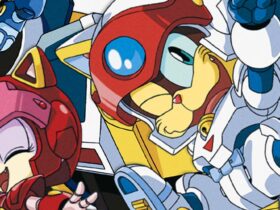
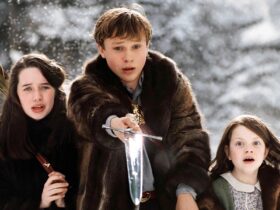

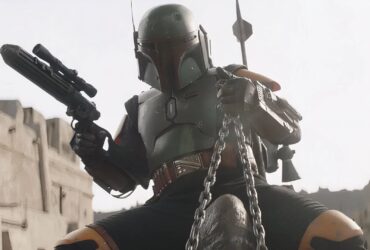
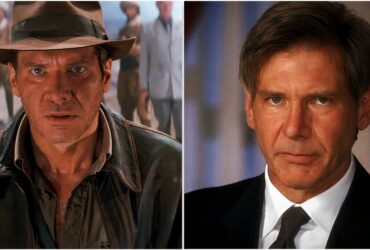


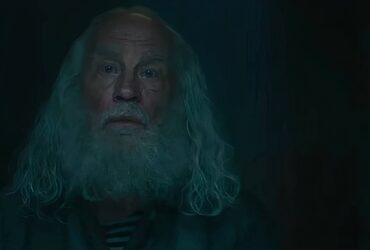
Leave a Reply